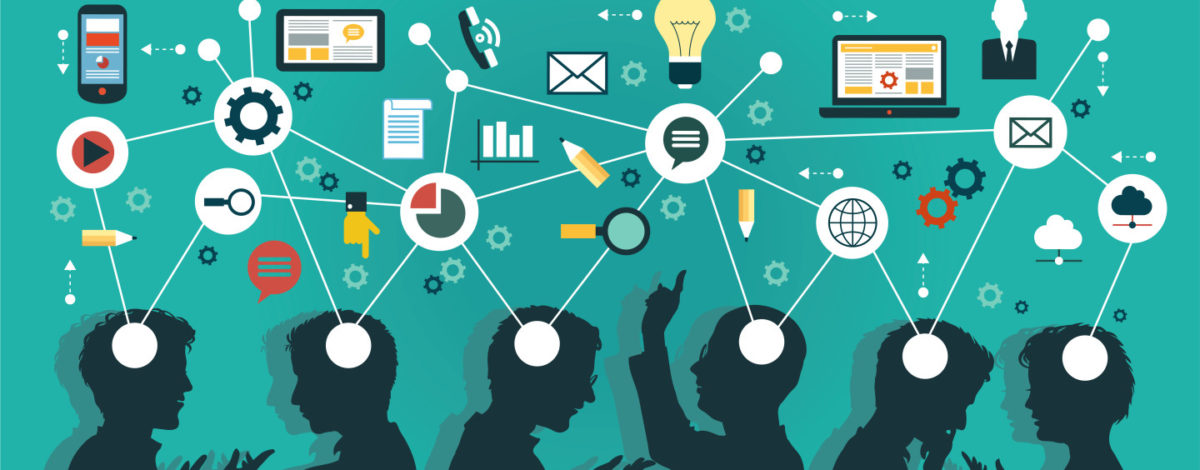According to a survey conducted by Accenture (2017), 27% of the executives questioned indicated that digital ecosystems are transforming their value chain. Companies are looking beyond the borders of their business to fulfill core business functions. By partnering with third parties and their platforms, they are designing future value chains that will revolutionize their business as they enter the digital economy.
In the digital economy where platforms and their ecosystems are central, gaining a competitive advantage is not only about improving your own business and its strategy. The digital partnerships you choose become increasingly important as they can provide access to a powerful new digital ecosystem (Accenture, 2017).
Take for example the partnership between Whole Foods and Instacart. The Instacart platform allows U.S. citizens to buy groceries from local grocery stores online. A personal shopper will pick up your groceries in his/her own car and deliver it to you on the same day. Whole Foods, a U.S. based grocery store, partnered up with Instacart to allow customers to place an online order via the Instacart platform and. Customer can choose to (1) pick up their groceries in store, or choose for (2) personal delivery (Bold, 2017).
By partnering up with Instacart, Whole Foods gained a competitive advantage over other local grocery stores by providing quick store pickup and same-day home delivery. In addition to this, Whole Foods gained access to a powerful digital ecosystem due to Instacart’s large user database. In the digital economy, physical and intangible assets will be of less importance as information and interactions are crucial for increasing the value of a platform. The value of a platform will increase if more people use it, creating network effects (Van Alstyne, Parker & Choudary, 2016).
As digital ecosystems become central in the digital economy, companies must choose the right digital partners that will create value for their customers. The strength of these partnerships will decide whether companies can maximize their success in the digital economy (Accenture, 2017).

References:
Accenture. (2017). Technology Vision 2017 (pp. 34-44). Retrieved from https://www.accenture.com/t20170530T164033Z__w__/us-en/_acnmedia/Accenture/next-gen-4/tech-vision-2017/pdf/Accenture-TV17-Full.pdfla=en?la=en
Bold, C. (2017). I Had My Groceries Delivered by Instacart, and Here’s How It Went.. Kitchn. Retrieved 27 September 2017, from http://www.thekitchn.com/i-had-my-groceries-delivered-by-instacart-and-heres-how-it-went-214795
Van Alstyne, M. W., Parker, G. G., & Choudary, S. P. (2016). Pipelines, platforms, and the new rules of strategy. Harvard Business Review, 94(4), 54-62.


Interesting concept that Whole Foods is looking to deliver more. It seems like this is a trend being taken advantage of by logistics companies, as they see the value that can be added. Amazon recently acquired Whole Foods so that Whole Foods could improve its distribution network, allowing it to offer their products for lower cost, and possibly reducing foot traffic in grocery stores. Forbes said “Yes, produce is likely to get cheaper and delivery more seamless, but there are far more exciting and cataclysmic changes in store. With Amazon’s expertise in distribution, this deal means both delivery and “Click and Collect” will boom, so we’ll be far less likely to actually step inside a store.”
https://www.forbes.com/sites/annabelacton/2017/07/06/the-future-of-grocery-shopping-what-the-amazon-wholefoods-merger-means-for-supermarkets/#a0c2ae6591c4